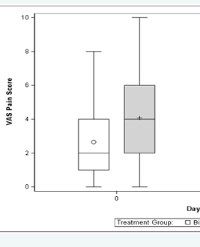
Epidemiology of Musculoskeletal Soft Tissue Tumors in Cotonou
Introduction: Soft tissue tumors of the musculoskeletal system are uncommon. They include a large heterogeneous group of extraskeletal mesenchymal neoplasm lesions. The aim of this work was to establish their epidemiological and clinical profile in Cotonou
Methodology: This is a retrospective study of all the patients admitted to the traumatology-orthopedics department of Benin reference hospital. For tumors of the soft tissues of the musculoskeletal system over a period of thirteen years (2009-2021). Only complete files were considered.
Results: 55 patients were selected. The average age was 39.7 years. The predominance was slightly male with a sex ratio of 1.2. Reasons for consultation, included swelling (52cases), pain (18cases), aesthetic (8cases) or functional discomfort (3cases). Ulcerations were noted in 8 cases. The tumors were less than 5 cm in 40 cases and greater than 5 cm in 15cases. Tumors were more common in the head (8cases), wrist (8cases), foot (7cases), hand (6cases) or knee (6cases). The radiological assessment included standard radiography (36cases), ultrasound (14cases), computed tomography (4cases) and MRI (2cases). There were 51 cases of benign tumors and 04cases of malignant tumors. Benign tumors were dominated by lipomas (24cases) and cysts (15cases). As malignant tumors, we found, a liposarcoma, a rhabdomyosarcoma, a melanoma, a squamous cell carcinoma.
Conclusion: Tumors of the soft tissues of the musculoskeletal system are infrequent in Cotonou. They present a varied epidemiological profile and clinical aspects. The low MRI completion rate in imaging evaluation remains a real challenge in our working conditions. Ulcerated tumors are potentially malignant tumors.
Chigblo S. Pascal¹*, Odry Agbessi¹, Hamza Gaya¹, Abiodun Padonou¹, François Amossou², Oswald Goukodadja¹, Aristote Hans-Moevi Akue¹, and Claude Schwartz³


